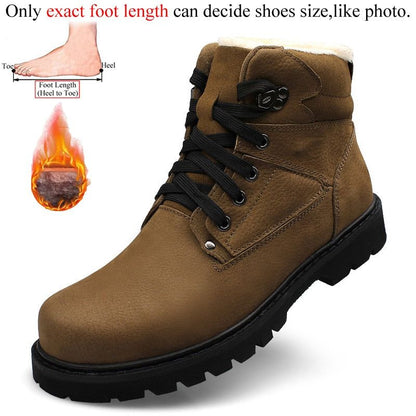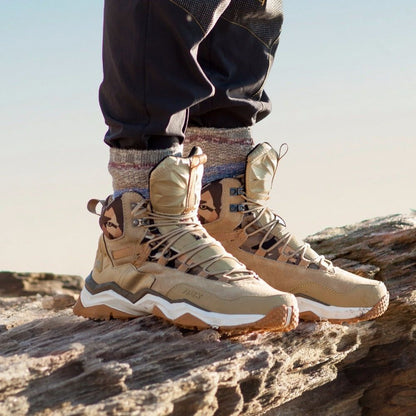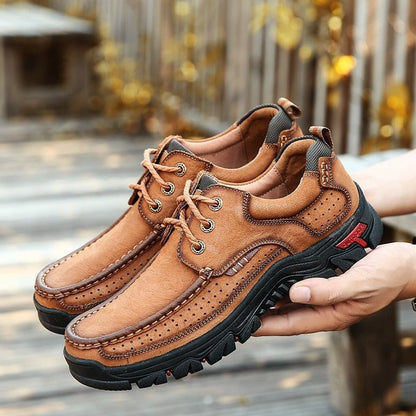
Finding the right fit for your hiking shoes is crucial for a comfortable and enjoyable hiking experience. Extensive hiking shoes can lead to various issues, ranging from inadequate support to blister formation and fatigue.
Signs of Overly Wide Hiking Shoes
Recognizing when your hiking shoes are too wide can save you from discomfort. Here are some indicators to watch for:
- Excessive Foot Movement: If your feet can quickly shift from side to side within the shoes, they might need to be narrower.
- Toe Gap: When there's noticeable space between your toes and the front of the shoes, it's a sign of excessive width.
- Loose Feel While Walking: A sensation of instability or looseness indicates that your shoes are too wide.
- Discomfort and Pain: Discomfort, pain, or strain in your feet, ankles, or legs may be linked to the shoes' width.
Negative Consequences of Wide Hiking Shoes
The ramifications of wearing hiking shoes that are too wide can be significant, encompassing:
- Blisters Formation: Excessive movement inside the shoes can lead to friction, causing blisters to develop.
- Increased Fatigue: Ill-fitting wide shoes can disrupt your natural walking pattern, contributing to fatigue.
- Reduced Stability: Maintaining balance becomes challenging with wide shoes, elevating the risk of stumbling and falling.
- Discomfort and Pain: Pressure points on your feet, ankles, and legs can arise from wide shoes, leading to discomfort and pain.
Remedies for Oversized Hiking Shoes
Addressing the issue of overly broad hiking shoes involves several potential solutions:
- Try Different Sizes or Widths: Experimenting with various sizes or widths can help you find the optimal fit.
- Utilize Thicker Socks: Wearing thicker socks can fill the extra space and improve the fit.
- Insoles or Heel Cups: Adding insoles or heel cups can occupy room and provide a better fit.
- The exchange at the Store: If feasible, consider exchanging the shoes for a different pair that offers a better fit.
Ensuring a Comfortable Hiking Experience
Securing well-fitting hiking shoes is crucial, and seeking professional advice can be beneficial. Consult with a knowledgeable salesperson at a sporting goods store if you need clarification on the fit of your shoes.
Additional Tips for an Optimal Fit
Here are some extra pointers to guarantee the right fit for your hiking shoes:
- Test the Shoes: Walk around in the shoes for a few minutes to assess their comfort and fit.
- Socks Matter: Wear the same socks you plan to use during hiking when trying on shoes.
- Wide Feet Consideration: Individuals with wide feet should look for hiking shoes designed explicitly for this foot type.
- Adjustable Options: Brands offering flexible hiking shoes can be advantageous, mainly if your feet swell on long hikes.
Adhering to these guidelines ensures your hiking experience is enjoyable and safe, free from the discomfort and potential issues caused by extensive shoes.









